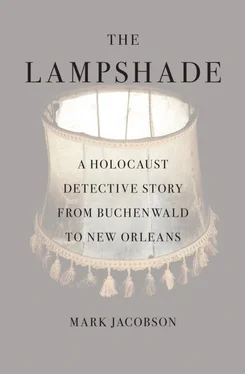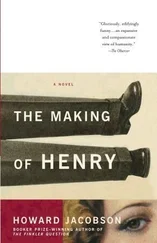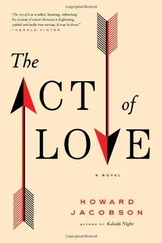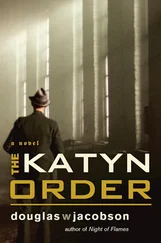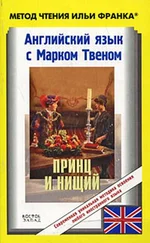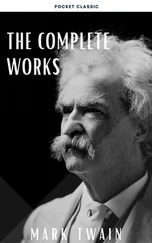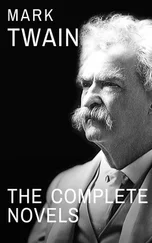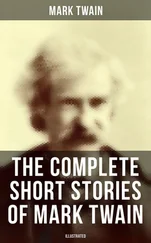This was how the rational person would regard the lampshade. But knowing the story, just having the suggestion inside my head, changed everything. It preyed on your mind, as Skip Henderson said. Knowing the story made it almost impossible not to feel what Skip felt when he picked up the shade: the warmth of its touch, the strange, greasy smoothness, how diaphanous it looked when placed near the light, the way the stretched panels looked to be marked with striations similar to the ones I saw on my own skin. Knowing the story brought up unsettling questions beyond even the obvious ones of who made the shade and how it had come to be in New Orleans. For instance, what about those tassels, which at least to the untrained eye appeared to have been affixed to the bottom of the frame at a later, perhaps even significantly later date? Why would someone go to the trouble of adding them onto an old lampshade? And what did that person know?
About five minutes of that was enough to make me stick the lampshade back into its Sugar Ray Robinson—plastered box and lock it in the closet for another few weeks. Still, what was I to do? I could have sent the box back to Skip Henderson when it arrived, as the drum maker and the pathologist had. But I hadn’t. I had kept it. I had put it inside my home, where my wife and I raised our three children. Skip was desperate to get rid of the thing and he had. He’d passed it on to me, and the fact that it was inside my closet, and inside my head, was proof enough that I’d accepted the assignment.
My first idea was to send it to a friend of a friend who worked at the American Museum of Natural History. My friend said this guy was a genius with taxidermy. Certainly he would be able to tell human skin from that of other animals. A few days later the man called me and said he couldn’t help me.
“Look,” he said. “A lot of my relatives were killed in the camps. This isn’t something I need in my life. You understand, right?”
“Yeah, sure. I understand.” It wasn’t something I was about to insist on. I asked him if there was someone else there who might help me.
“No,” he said, and hung up.
Shiya Ribowsky, despite his seriously Jewish name, had no such compunctions on this account. I called him and told him the story about Skip and Dave Dominici and how the thing had come to me. “I’d be very interested to see that,” he said with a friendly eagerness. He lived on Long Island, but today being Friday, he was in New York. He had a free hour late this afternoon. Could I bring the thing over right now? Did I know that synagogue in Gramercy Park?
“Yeah,” I said. My dentist happens to be on that block. I passed the synagogue, located in a former Quaker meeting hall, all too often. Why did he want to meet at a shul?
“I’m the chazzan there.”
“You’re the cantor ? I thought you worked at the ME.”
“I did work there. But I’ve always been a cantor. I do both.”
“A forensic cantor—that’s a trip.”
“Tell me about it.”
Now forty-three but still sporting the boychik good looks to make the Hadassah ladies swoon, Shiya Ribowsky has been saying the kaddish, the Jewish prayer for the dead, for more than thirty years now, ever since his debut as a boy cantor in the Flatbush synagogue his father had helped found back in the early 1970s. Put this history alongside his fifteen years in the medical examiner’s office, where twelve thousand dead bodies arrive every year, eight thousand of which are autopsied, and you could say that Shiya’s relationship with death is more nuanced than most, on both the spiritual and the physical plane.
In Shiya’s view, his twin professions coincide paradoxically. When he sings in his exquisite, neo-operatic tenor and recites the Kaddish, it is for the benefit of the living. Inside the tiled walls of the medical examiner’s office, there’s only the dead.
“It is job one of every religion ever invented,” the cantor said with his characteristic matter-of-fact, somehow uplifting manner, “to make us feel better about what we will inevitably become, which is for most people, let’s face it, a mass of rotting flesh under the ground. You could say I work both sides of that street.”
In the months and years following 9/11, more than twenty-two thousand separate fragments of what had once been human beings arrived at the medical examiner’s office. In the beginning the parts were large—sections of legs, whole hands—but gradually the pieces were smaller, sometimes so tiny as to be seen only under a microscope. To be working at the ME’s office then, Shiya says, “was about as close to Auschwitz as I’ll ever get, a total onslaught of death.”
Even for the forensic cantor, someone who for years often spent all day Friday walking up housing project staircases to see the aftermath of domestic violence, blood and entrails splattered against the apartment wall, and then, mere hours later, found himself singing to his well-heeled congregation of the immortality of the soul, the unprecedented interface between the living and the dead on 9/11 was traumatic.
“In this world we will do anything to isolate ourselves from the dead, to pretend that these are two completely disconnected states,” Shiya said. “Nine-eleven removed that barrier. So many of the people killed that day were simply pulverized, turned to dust. They were there, in that cloud that hung over Ground Zero. They became the very air we breathe. Chances are if you were in downtown Manhattan back then, every time you inhaled you were taking in the dead. If you were a jogger, you were lining your lungs with them.”
Then, in his impish way, Shiya smiled. “You could say I have a special insight into death, being dead myself.”
Shiya was talking about a wholly other kind of death, one that spoke of his existence as a New York Jew, an experience very different from my own. Born into a Brooklyn family that was “as frum as they come” ( frum being the name the ultra-Orthodox Jews give to themselves), Shiya is descended from a long line of clerics. “When my family got together, you couldn’t throw a prayer book without it hitting half a dozen cantors or rabbis.” There was no doubt that Shiya, despite his father’s demeaning contention that he had “a small voice” that “couldn’t reach the back row of the shul,” would follow in these hallowed footsteps.
“This was the future, I thought. I had no reason, none at all, to think any differently,” remarked Shiya, who lived the life of a young Orthodox boy, wearing only black pants and white shirts, attending yeshiva fourteen hours a day from the age of seven, studying Torah. “That was going to be me,” Shiya said, “one of those stooped-over young men with the Coke-bottle glasses, twenty-five going on sixty, cashing a small check—that’s what they call them, ‘check cashers’—from a rabbinical organization to read Torah and think about Jewish law all day long… except my mother made a big mistake, or at least I know she thinks it was a mistake, one she regrets to this day.
“You see, my mother was something of an anomaly in the frum community, partially because her mother was born in the U.S., in Lowell, Massachusetts, but mostly because she went all the way through secular schooling and got a doctorate. In most frum communities that simply never happens. Whatever schooling most women get stops at the point when they’re ready to start having children. You won’t find very many women in Borough Park with a Ph.D., believe me. But this didn’t affect my mother’s religious zeal, which has only kept growing to this day. Fundamentalism is an odd thing. It gives you this special sight, the ability to be on the lookout for any and all invading impurities. On the other hand, it makes it so you can’t see your nose in front of your face. So I don’t think my mother ever considered the risk she was taking, dropping me off at the public library once a week while she did her errands.”
Читать дальше
